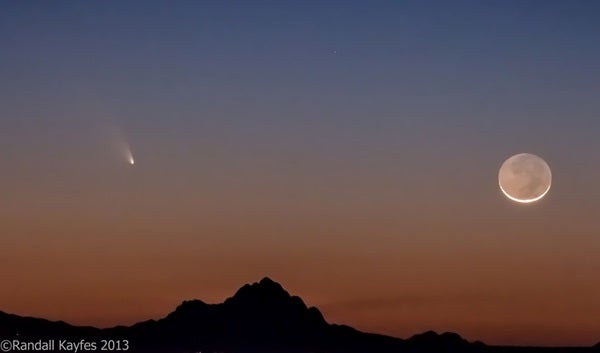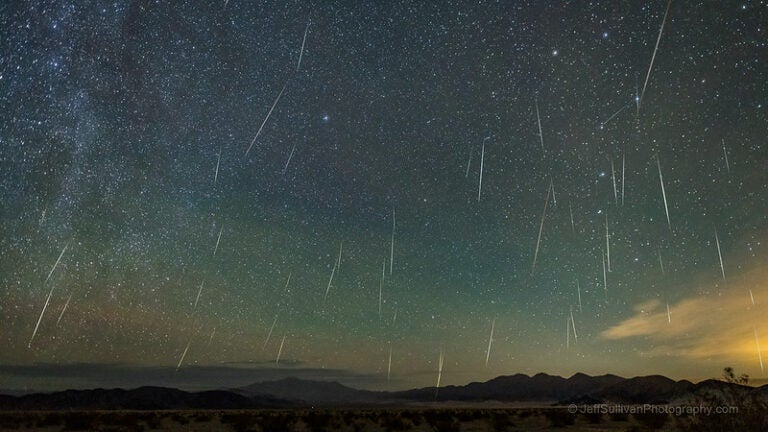To gather the information you need to create your fantasy league of all-star comets, use the resources below:
Donald Yeomans of NASA’s Jet Propulsion Laboratory (JPL) created a page called “Great Comets in History.” It gives the number of days comets were visible to the naked eye, dates and distances of their close approaches to Earth and the Sun, as well as the date and magnitude of their most spectacular appearances. The only drawback is that it only lists comets widely considered Great, so you won’t be able to check on less popular objects.
FindtheData.org has gathered information on comets (and asteroids) from across the Web and built an impressive database filled with juicy details like mass and rotation period. Yum. You even can compare these quantities with the demographics of the rest of the cometary population.
The JPL Small Body Database lets you pick the numbers you’d like displayed. You can search only for a specific comet’s details, or you can query for every number available on all comets.
And finally, Gary Kronk’s Cometography website has orbital data for many comets, as well as more qualitative, historical stories of bygone comets and images observers have made over the years.
So check out these pages, gather the stats you need, and then pick your lineup of Greats or almost-Greats!










